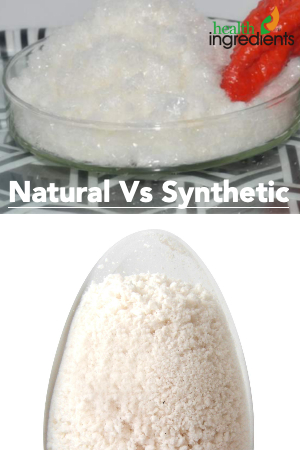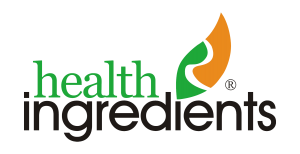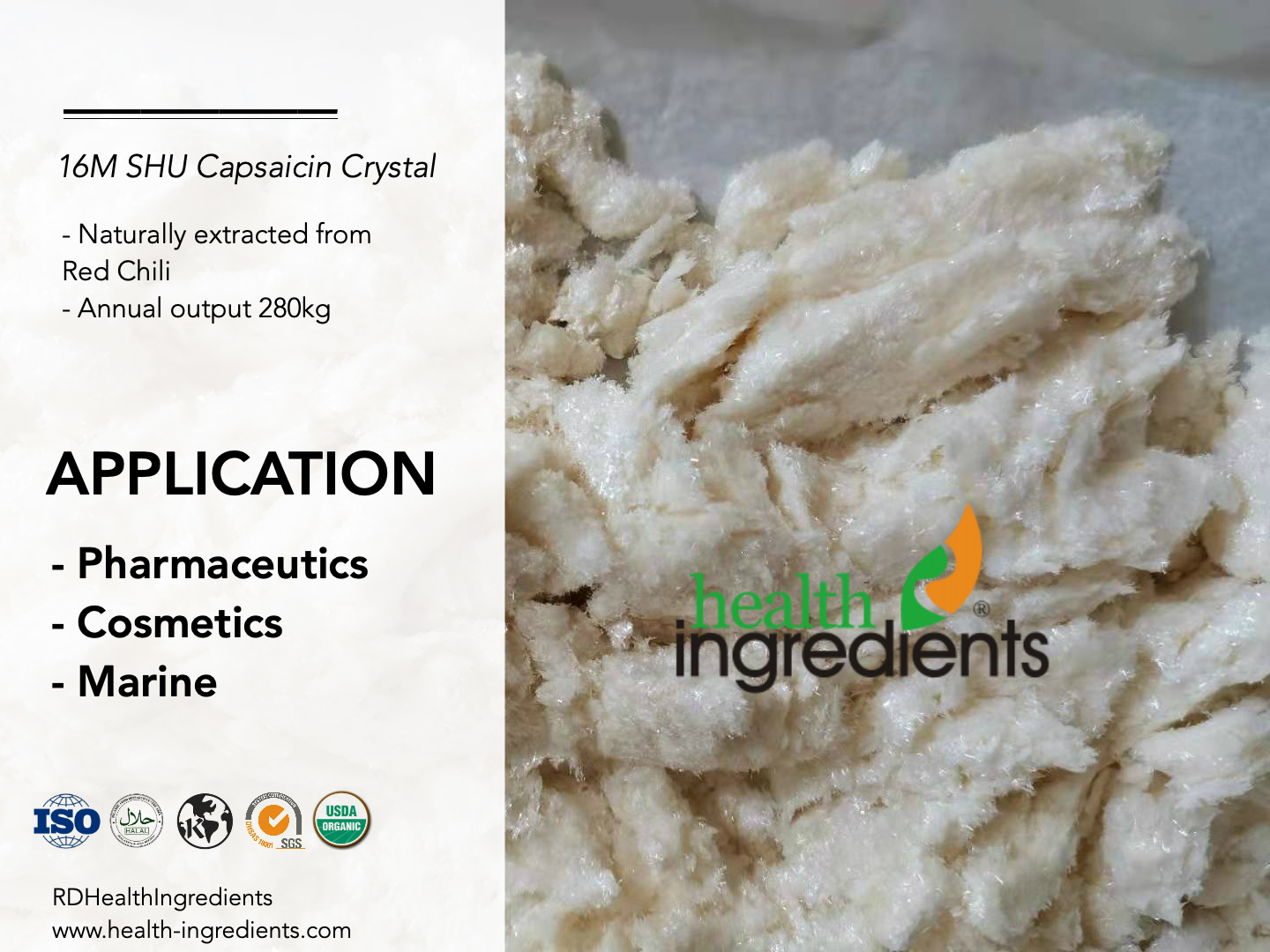Brussels, [Date] – The European Commission has officially published a draft regulation approving the use of capsaicin as a novel capsaicin feed additive for poultry and pig production. This landmark decision, based on a scientific assessment by the European Food Safety Authority (EFSA), confirms the safety of the substance for target animals, consumers, and the environment under specific conditions of use. This move not only provides the EU livestock industry with a new tool to address challenges but also signals significant growth potential for the plant extract additives market.
https://joint-research-centre.ec.europa.eu/reports-and-technical-documentation/feed-2024-21631_en
https://efsa.onlinelibrary.wiley.com/doi/10.2903/j.efsa.2025.9340
https://www.sciencedirect.com/science/article/pii/S2405654525000770
https://pmc.ncbi.nlm.nih.gov/articles/PMC11010920
Scientific Assessment and Strict Admission Requirements: Safety and Efficacy are Paramount
This approval is not a blanket authorization but is grounded in rigorous scientific evidence and strict requirements. The EFSA assessment concluded that when capsaicin is used in complete feed for fattening pigs and chickens for fattening at a maximum content of 2.5 mg/kg, it poses no safety concerns for animal health, consumers (via food of animal origin), or the environment. However, the assessment clearly indicated that the additive may be irritating to the eyes and skin of workers handling it, mandating the implementation of appropriate protective measures during production.
The regulation emphasizes the additive’s functional claim: to improve performance in fattening pigs and chickens for fattening. This signifies official recognition of capsaicin’s potential efficacy in improving feed conversion ratio and promoting growth. The mode of action is believed to be linked to capsaicin’s activation of the TRPV1 receptor, a mechanism that may stimulate digestive secretions and improve gut health, thereby enhancing nutrient absorption efficiency.
All approved capsaicin feed additive must originate from products or holders listed in the relevant authorization register and must strictly adhere to defined purity, stability, and usage specifications. This ensures consistent quality and traceability of products on the market.
Capsaicin feed additive Promising Market Outlook: Driving Sustainable Livestock Production
The EU’s approval opens up broad market prospects for related industries, driven primarily by the following factors:
- The Pressing Need for “Antibiotic Reduction”: Following the EU’s full ban on the use of antibiotics as growth promoters, the industry has been actively seeking safe and effective alternatives to maintain animal health and performance. As a natural plant extract, the recognition of capsaicin’s growth-promoting effects offers an attractive new option for farmers, aiding the industry in further reducing reliance on antibiotics.
- Addressing Feed Cost Pressures: Global feed ingredient prices remain volatile and high. By improving the feed conversion ratio, capsaicin means producing the same amount of meat with less feed, directly helping farmers reduce production costs and improve economic returns—a crucial advantage in the current economic climate.
- Growing Momentum for Natural Extracts: Consumer preference for food safety and natural products is influencing practices upstream in the production chain. Sourced from natural chili peppers, capsaicin aligns with the market’s demand for “clean label” and natural ingredients, helping downstream companies build more competitive animal-derived food brands.
- Advancing Precision Nutrition and Animal Welfare: This approval reflects the trend towards precision nutrition management in animal husbandry. Using functional additives like capsaicin allows for finer regulation of animal physiology, not only enhancing performance but also potentially improving gut health, which aligns with the growing emphasis on animal welfare.
Capsaicin feed additive Industry Perspective
Market analysts predict that the EU’s approval will significantly boost R&D investment and market confidence in capsaicin and other plant-based feed additives globally. As related products are gradually introduced in the EU market and application data accumulates, their use is expected to expand to other animal categories (e.g., ruminants, aquaculture) and other regional markets.
In conclusion, the EU’s approval of capsaicin feed additive as a feed additive sets a precedent for science-based decision-making. It provides the livestock sector with an innovative solution within a strict safety framework, pointing towards a future where natural, efficient additives drive the industry on a more sustainable and efficient path. Capsaicin-based feed additive products are expected to experience a period of rapid growth in the EU market in the coming years.

- Capsaicin feed additive, Solid form Produced by chemical synthesis
- Chemical formula: C18H27NO3
- CAS number: 404-86-4
- FEMA number: 3404
- Purity: min. 98 % (E)-capsaicin (trans-capsaicin) to (Z)- capsaicin (cis-capsaicin) (E)-/(Z)- capsaicin ratio: ≥ 6:1
Are you looking for certified origin, traceability or safety on Capsaicin crystal? We propose a full range of titrated capsicum extract in accordance with GB, USP, EP, Pls find the list here. If not listed, please get contact with us at sales06@health-ingredients.com.
Or you can search them by A-Z Product List.



发表回复